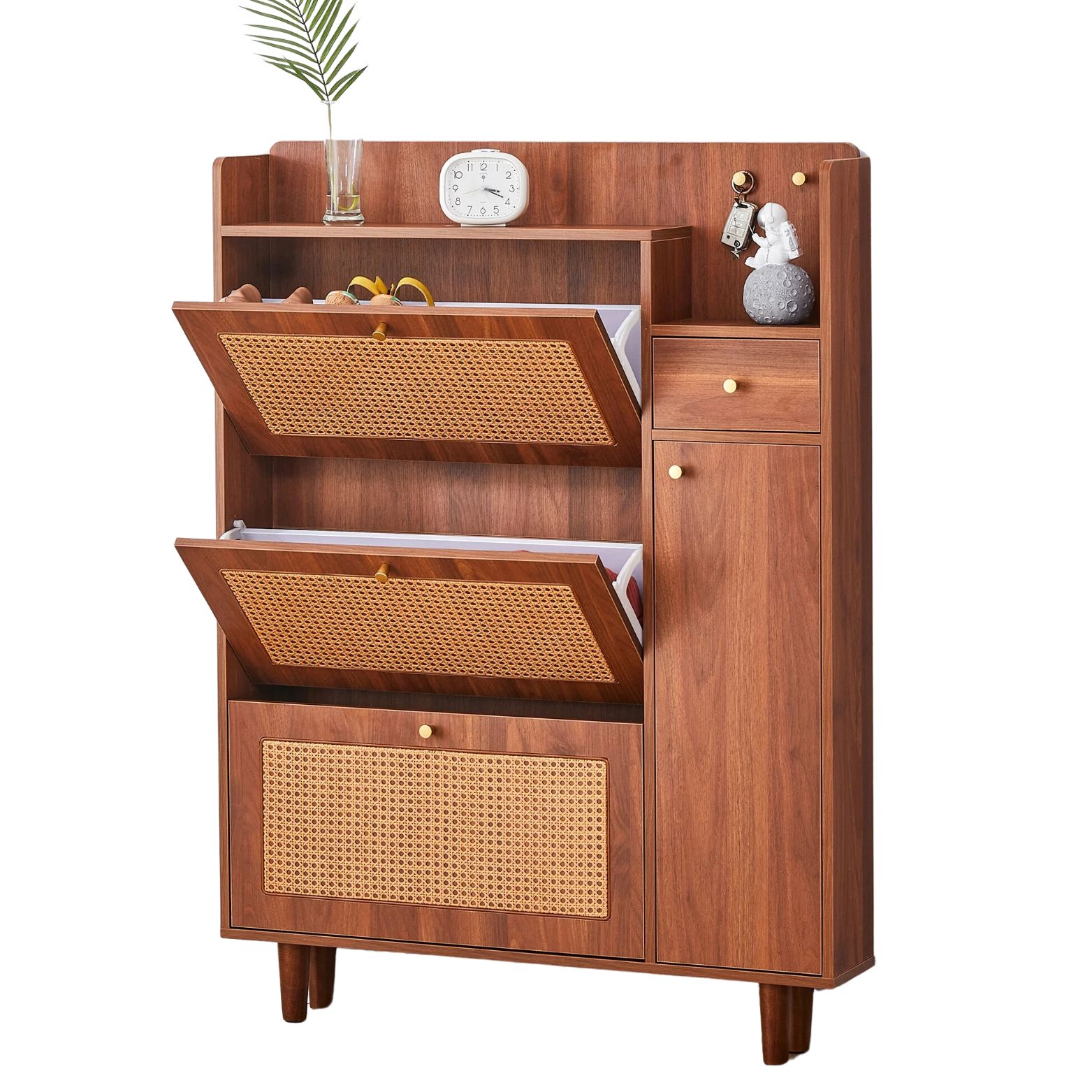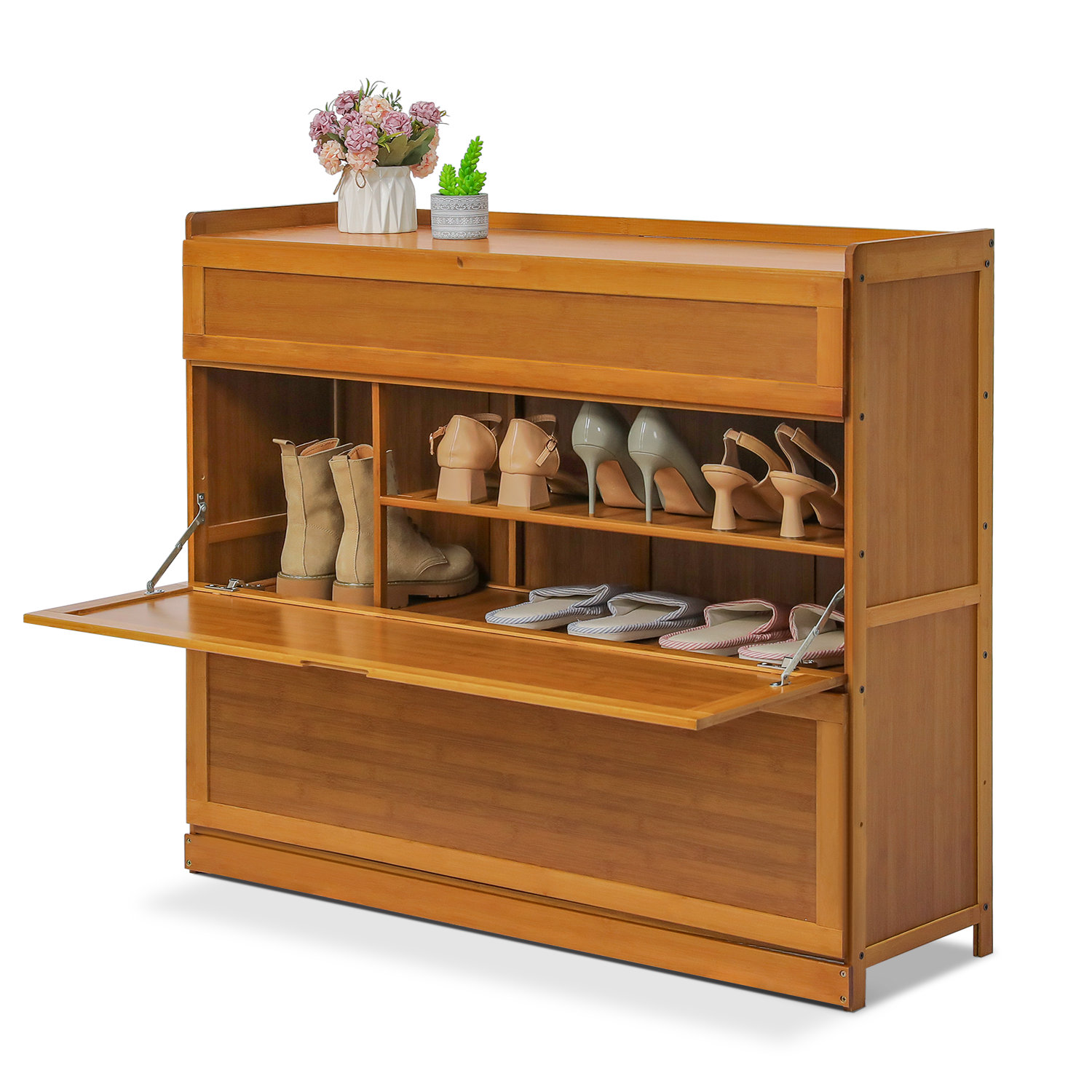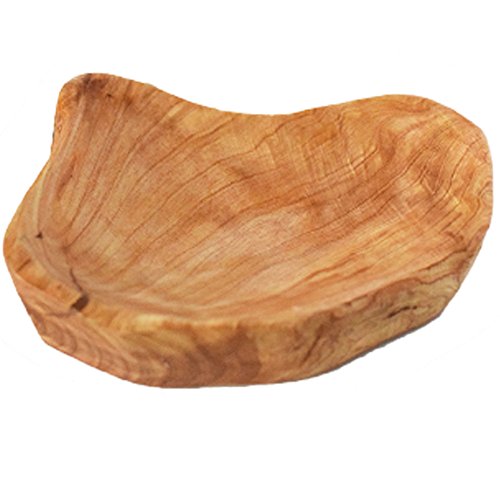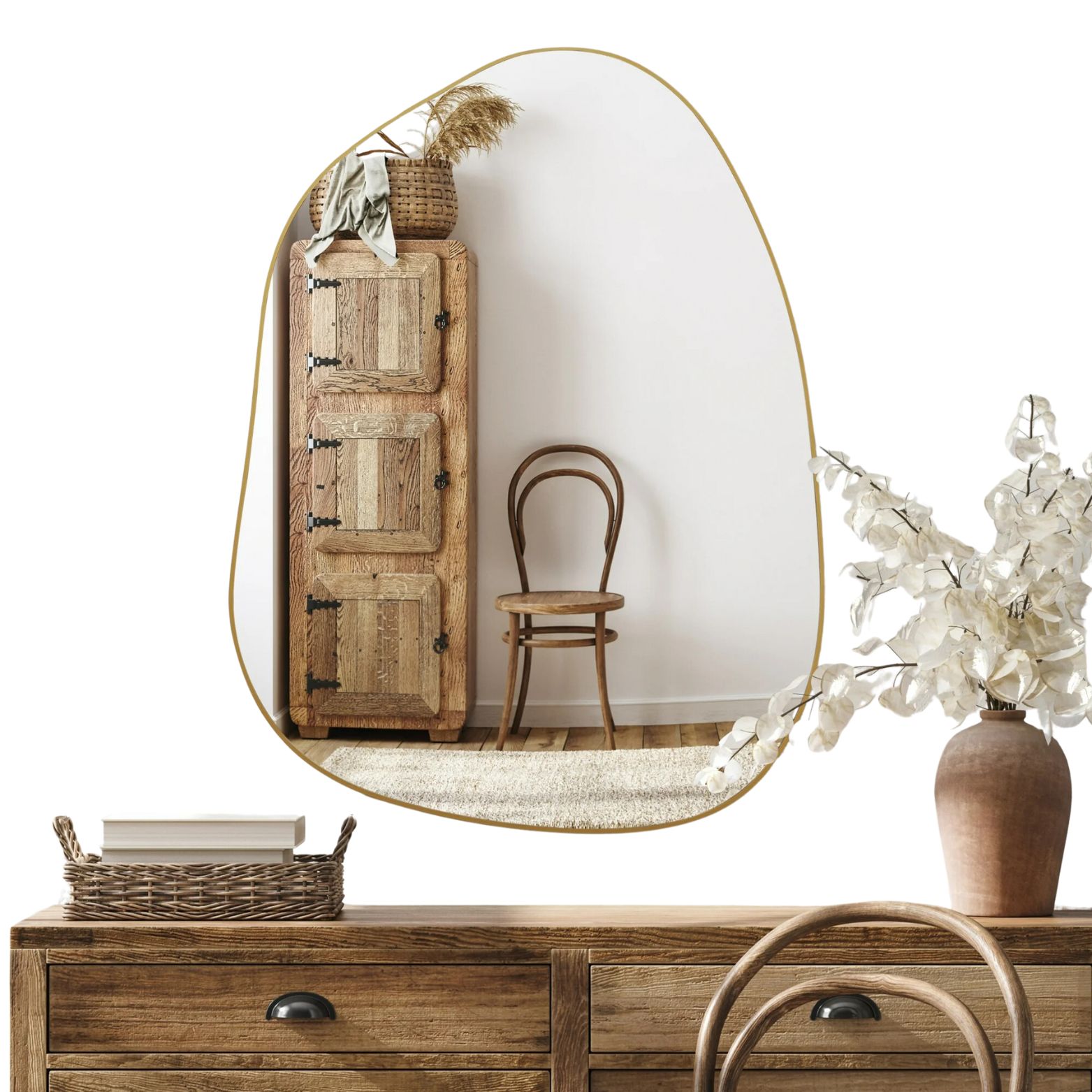This Japanese Entryway Design Makes a Serene Boundary to the Outside World — Here's How to Create One
Traditional "Genkan" entryways will create a serene first step into your home that's ideal for shoes-off households


Entering into the home is an everyday ritual of sorts that can really set the mood of your space and your presence within it. Sometimes, you want to shed every layer and kick off your shoes as soon as you step in the door, and other times you just need a moment to take a breathe and recenter yourself before entering back into your home. Either way, an organized and calming entrance, creates a little sanctuary within your abode that is as practical as it is aesthetically pleasing.
The entryway is the first place that both you and your guests greet as you leave behind the outside world and enter into the rich, interior world of the home. It is a place to store your outside layers as you get a glimpse of the home that lies beyond the doorway. You may be familiar with the terminology mudroom, vestibule, or foyer, but 'genkan' is the term for the traditional Japanese style of entryway that we have seen recently trending in modern home designs. The chic design style of genkans makes them a popular choice for entryway ideas, and brings an elegant, sleek touch of tradition into your space.
Genkans are perfect for homeowners that want to tie nature and tradition into their space, while also increasing the functionality and intention of small foyers.
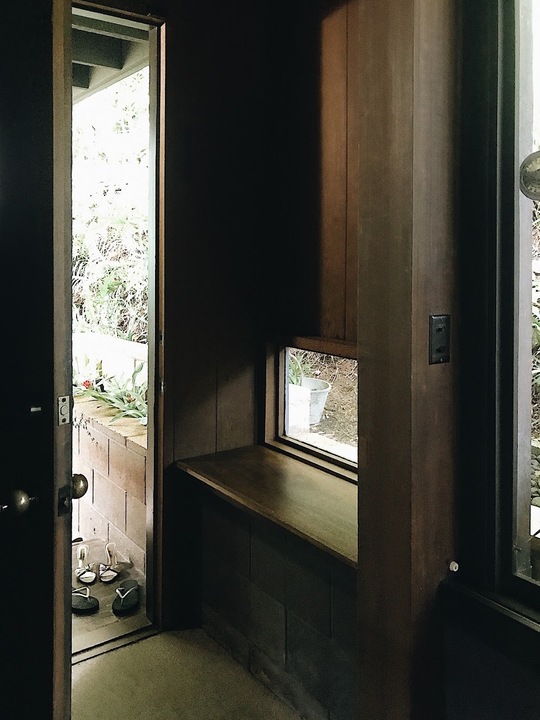
What is a Genkan?
The invention of a genkan originated in Japanese culture as a place to leave your shoes before entering into the rest of the building. Technically speaking, a genkan will include a ground-level foyer area, usually made of a stone material, to shed outerwear garments, with a step or raised (usually wooden) platform up into the entrance of the home. Amanda Gunawan, architectural designer at OWIU Design, explains that "genkans are used as a zen practice to allow people to be more present and aware as they are entering the sacred space of a person's home."
"Traditionally they had an earthen floor, level with the street outside, and then one to three steps up to the wood floor of the house," explains interior designer and architect, Graham Hart of Kokomo Studio. Of course, the materials used and added elements included change through the years, but the tradition of the genkan and the Japanese style decor stays alive. There are many ways in which this style of entryway has adapted in contemporary homes, and to fit the needs of the homeowner. Some interpretations "might have tile or concrete floors, rather than earthen, but the space and level change is still very much a part of contemporary Japanese design," explains Graham.
Removing one's layers and shoes before entering a home is a tradition that we see not only in Japan, but around the world as well. Having shoes lined up at the door is a sign that there is a gathering happening in your home, as Graham explains "the space at the front door with dozens of discarded slippers, sandals and shoes is a familiar and heart warming sight when entering the home of friends and family." The feeling of coming home is beautiful and cherished thing. A curated space by the front door provides a calming haven to transition between being in and out of the home.
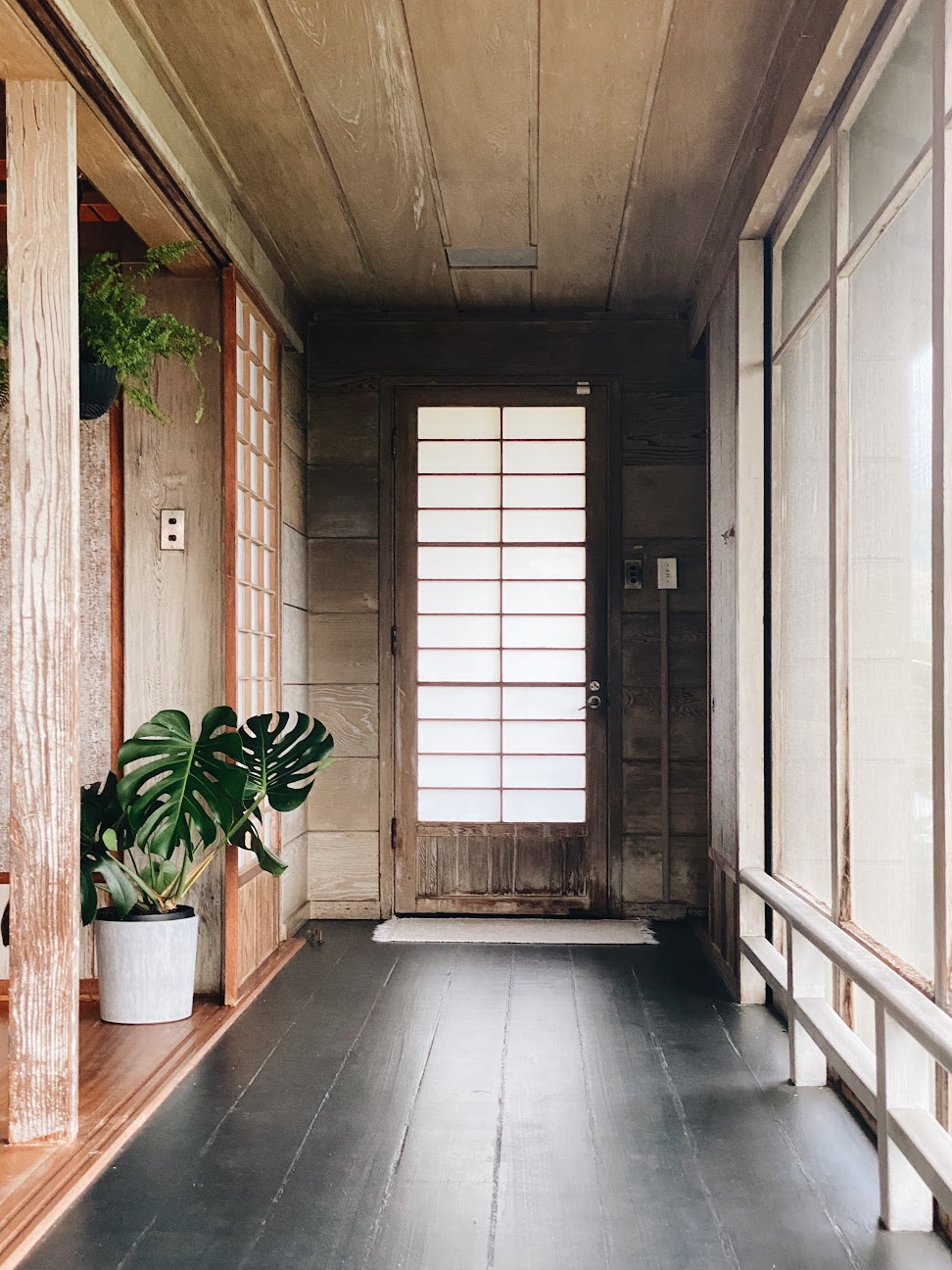
How to Style a Genkan
Genkans are very much both a practical and experiential area. With this in mind, it is important to consider how your entryway will connect with the rest of your home, and how to include the components that are necessary to best serve you. You want to make your entryway feel cozy, so you should think about what it is that you would need in that space. A coat rack? A dish for keys? A bench or piece of furniture that you can rest belongings on? Keeping an organized and tidy space will help uphold the traditional idea of the entryway being a sacred and serene place.
Be The First To Know
The Livingetc newsletters are your inside source for what’s shaping interiors now - and what’s next. Discover trend forecasts, smart style ideas, and curated shopping inspiration that brings design to life. Subscribe today and stay ahead of the curve.
Shoe storage is probably one of the most important aspects of a contemporary genkan, as not tracking in dirt is the main purpose of an entryway mudroom. "In modern homes, genkans now have built-in shoe storage and other useful storage units as well," says Amanda. Having a place to leave articles of clothing that you take off as you enter keeps them from plying up and causing clutter.
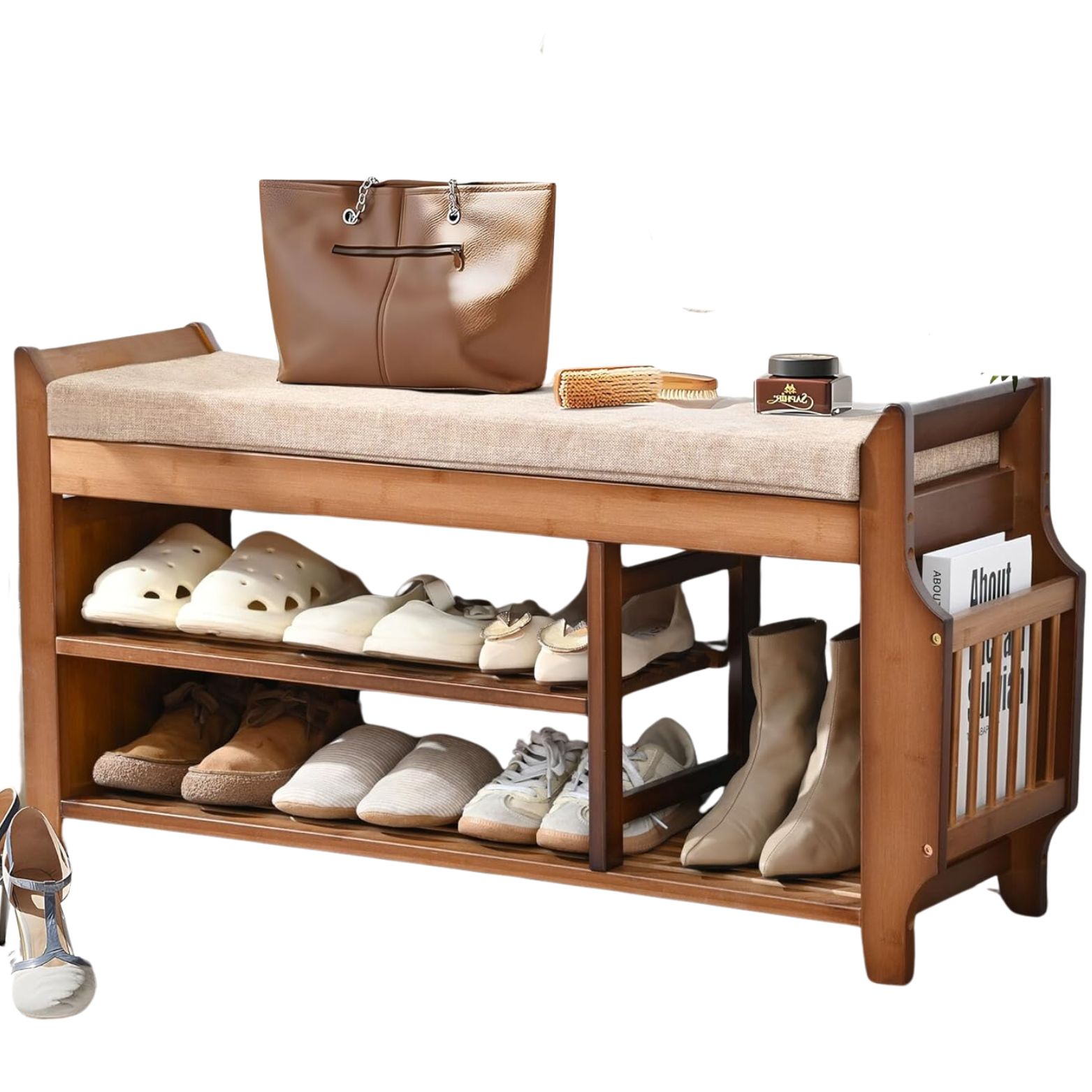
Price: $90.99
Material: Bamboo
This open storage bench is the ideal way to organize a genkan, while curating the feel of the space.
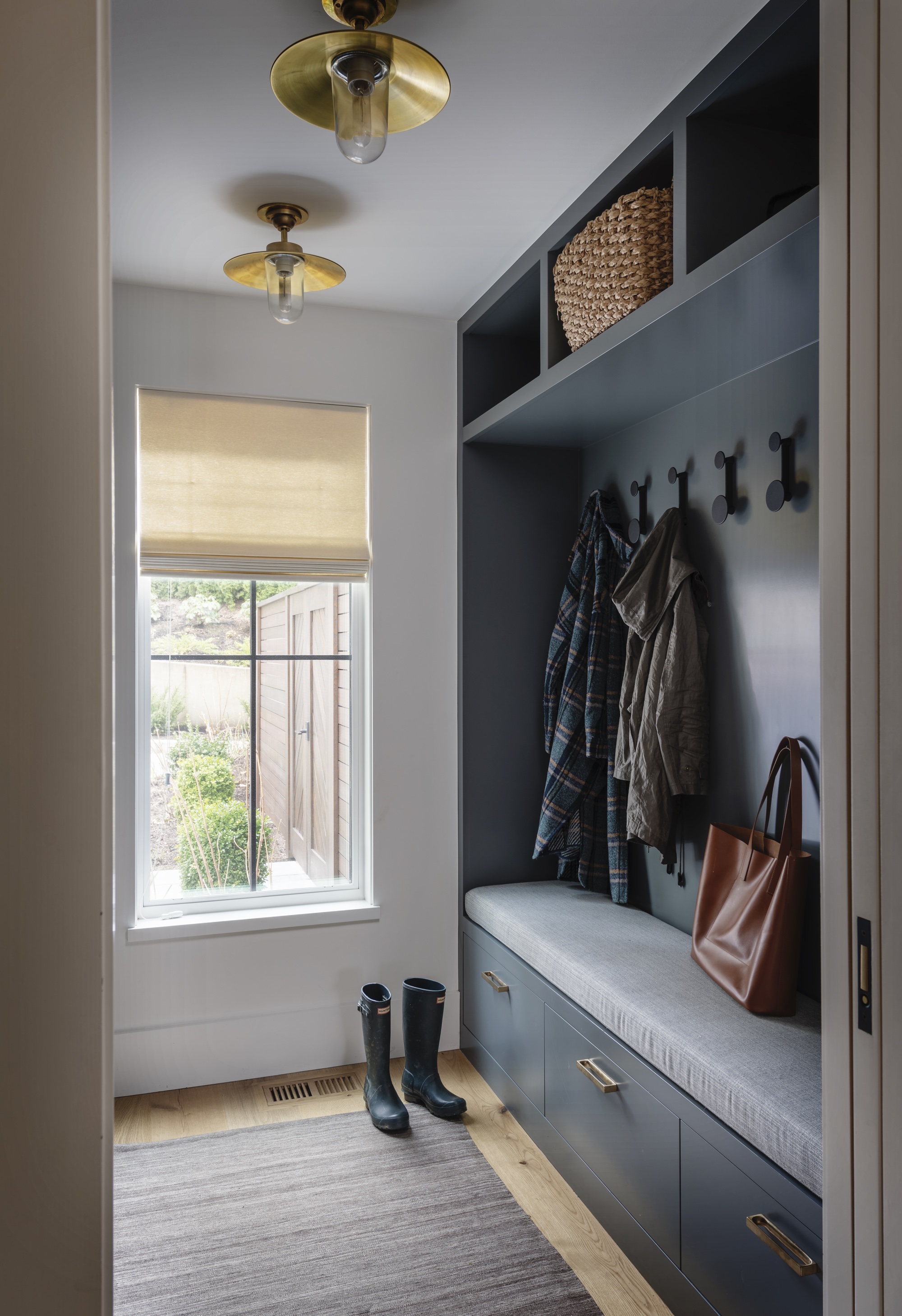
Again, keeping in mind how this fits into your space is important--function always comes first. "Depending on the size of the home, the genkan can be large enough to have a bench to sit on while taking on and off shoes, or even a closet to store jackets and garments," says Graham. Small entryway benches are a great way to cozy up the space, and create an environment that feels more conducive to greet guests in, if that is what you are after.
Using organic materials is one of the top ways to adhere to the traditional theme of a genkan as well. Materials like "tile, concrete, brick or stone floors that are weatherproof, durable, and can connect visually the exterior space with the first level of the genkan, are great ways to tie back to the earthen floors of the past," says Graham. Earth-found materials will also bring in a sense of the serenity present in nature. You could even try adding Japanese indoor plants to really draw back to the indoor-outdoor theme and introduce a pop of color. This is a subtle way to elevate the space, and still keep it easy to clean.
"Some of the most beautiful genkans I have seen have large paver stone floors with roughness and natural irregularities and shapes, juxtaposed with with the refined and smooth wood floors of the interior of the house," says Graham. Keeping balanced proportions is important to keep the entryway from becoming its own room entirely.
An entryway is not a room that you want to spend time in, but it still acts as a portal into the rest of your personal sanctuary. Genkans are entryways that are sleek, minimal, yet provide warmth and coziness to the home. As Graham says, "a well-designed genkan will hide the splendor of the rest of the house, but will still be inviting enough to create intrigue."
More Ways to Adorn Your Genkan
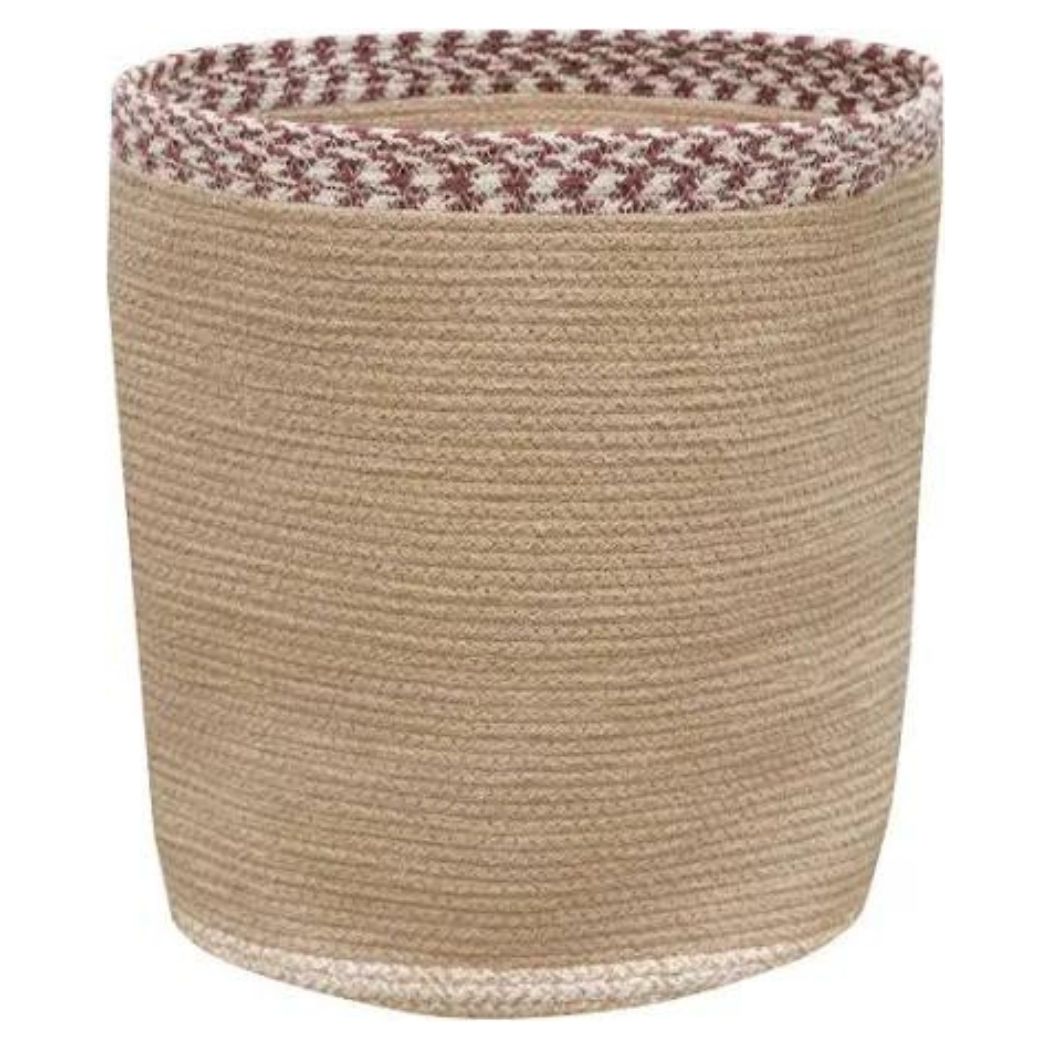
Price: $69
This pretty basket can be used as a bucket to house shoes.
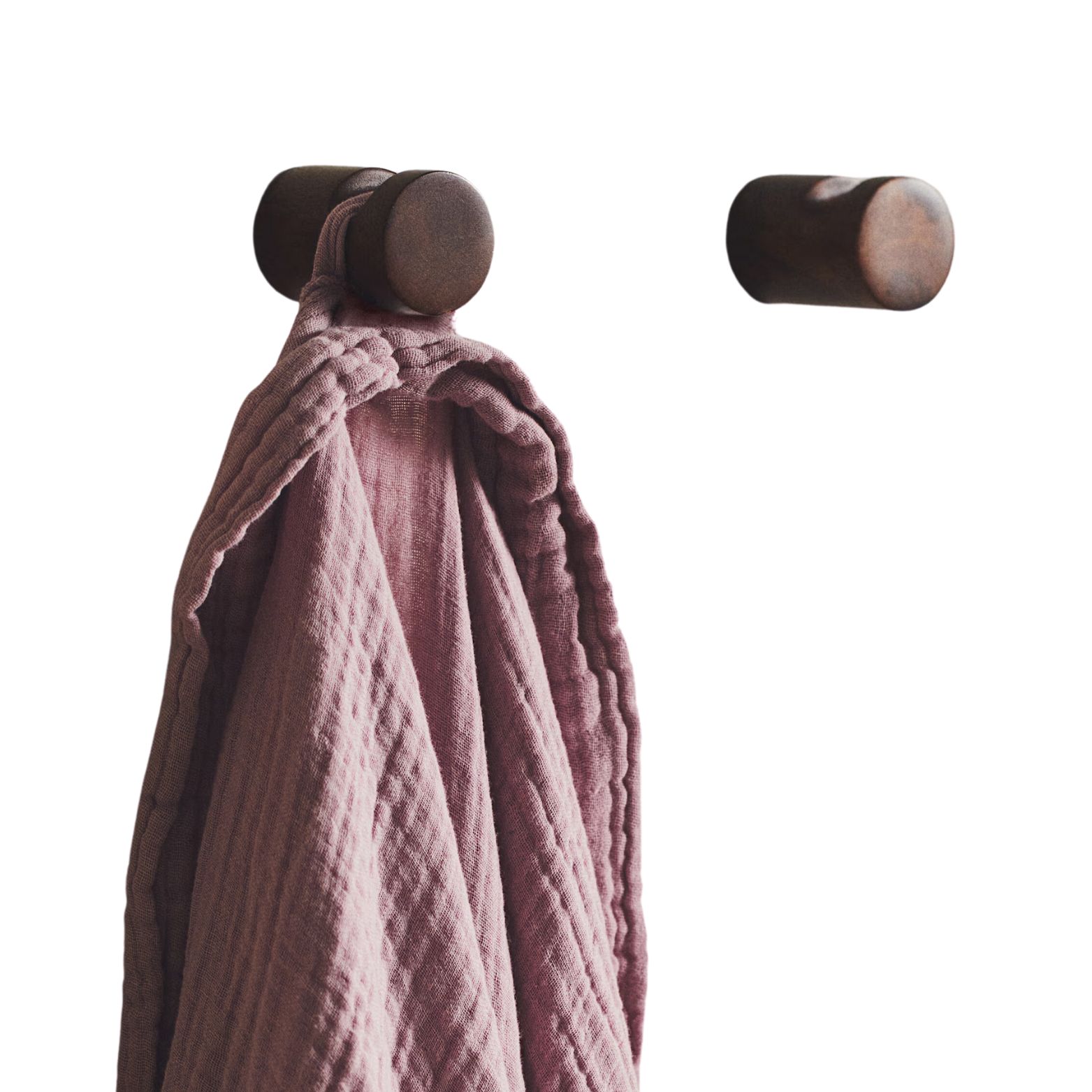
Price: $4.99
Color: Dark Beige
Simple hooks feel minimalist when not in use while offering hanging storage for coats when you first enter a home.
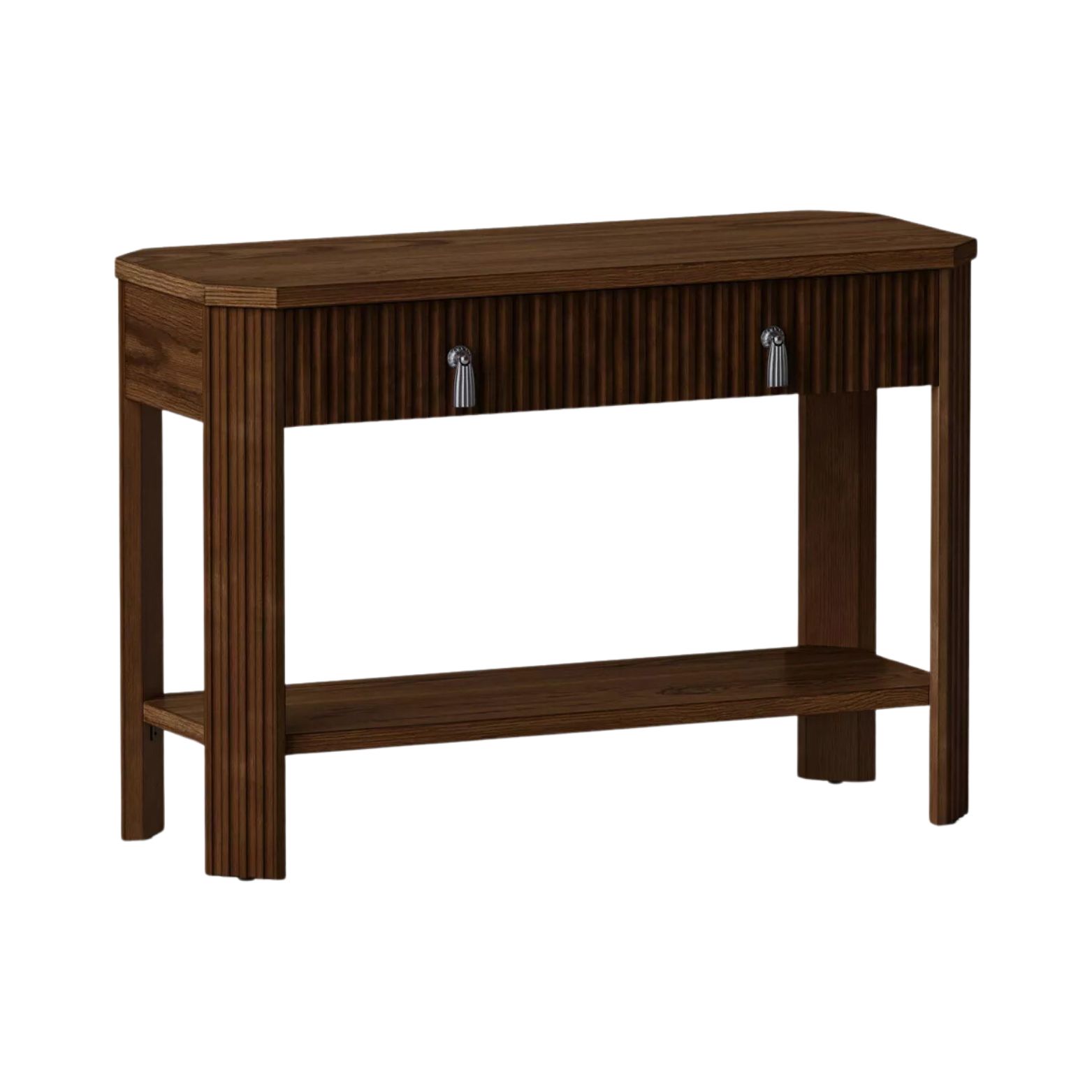
Price: $250
Color: Brown
The dark wood of this console has a distinctly Japanese feel to it.
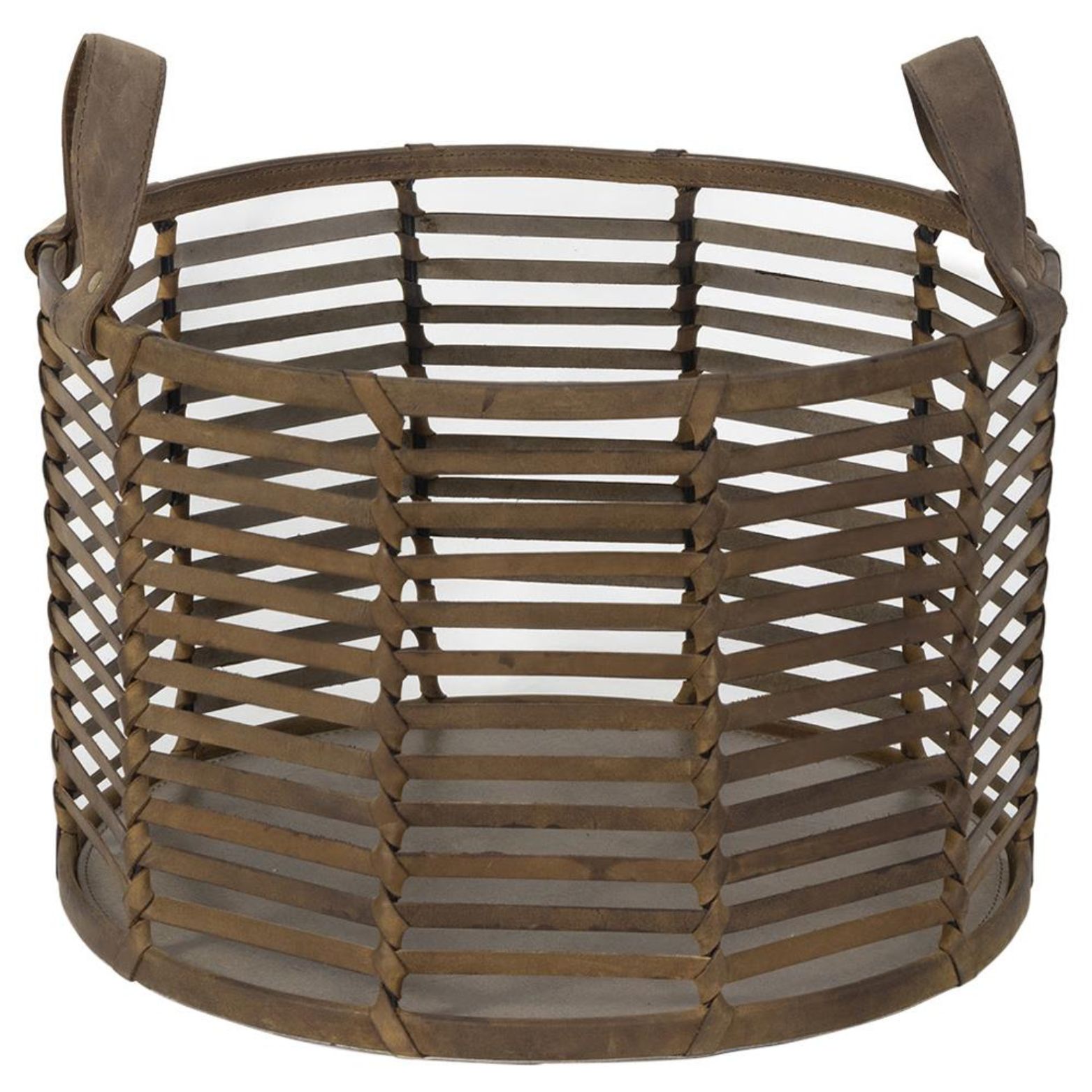
Price: $300
Material: Woven Leather
The Japandi inspiration of this woven floor basket is clear to see.

Olivia Wolfe is a Design Writer at Livingetc. She recently graduated from University of the Arts London, London College of Communication with a Masters Degree in Arts and Lifestyle Journalism. In her previous experience, she has worked with multiple multimedia publications in both London and the United States covering a range of culture-related topics, with an expertise in art and design. At the weekends she can be found working on her oil paintings, reading, or antique shopping at one of London's many vintage markets.
-
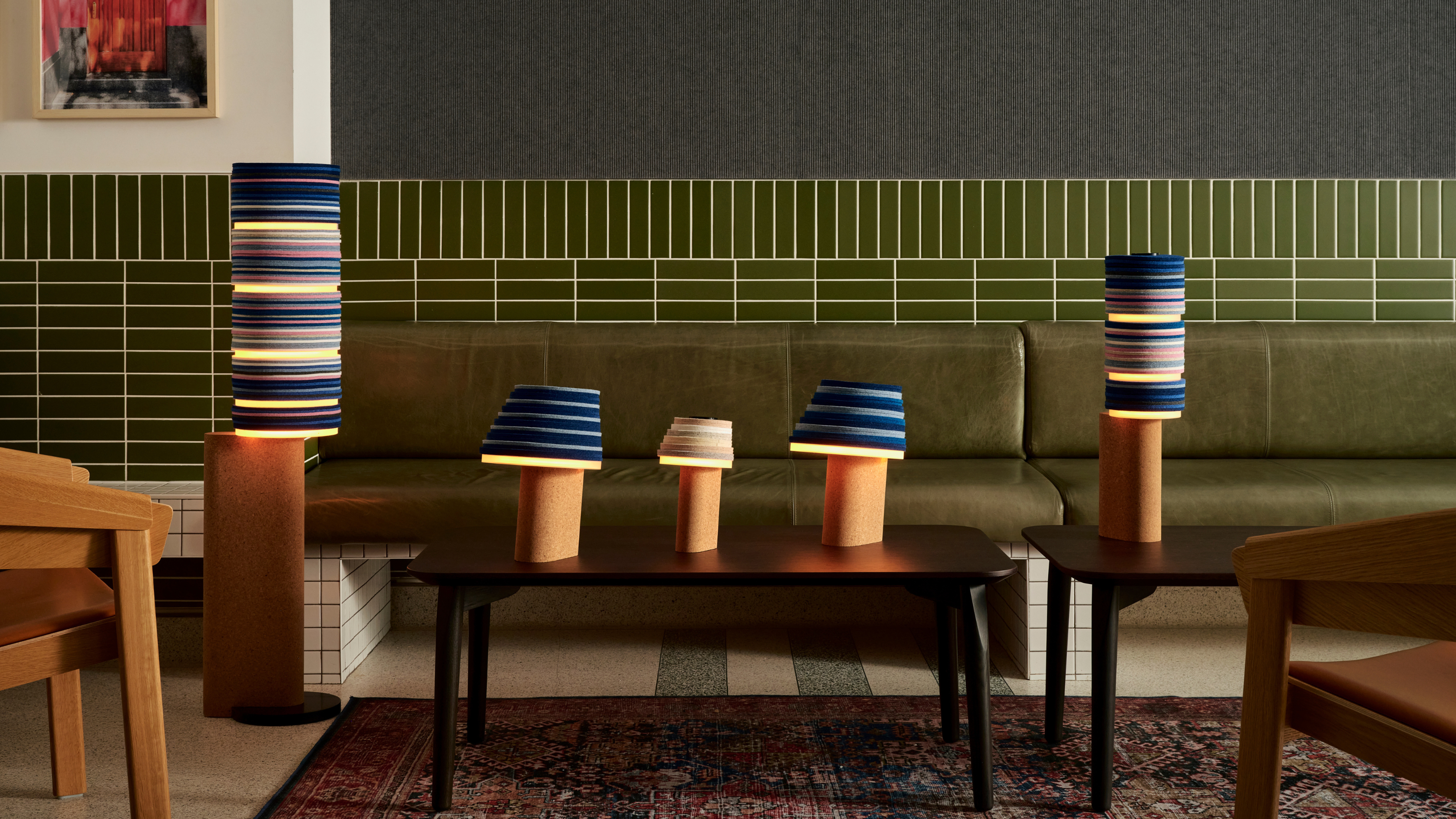 7 Sustainable Product Designs That Are Setting the Agenda for Environmentally-Conscious Homes in 2025
7 Sustainable Product Designs That Are Setting the Agenda for Environmentally-Conscious Homes in 2025From pillows made from textile waste to sanitaryware made in the world's first electric kiln, these brands are revolutionizing sustainable design — for the better
By Devin Toolen
-
 NYC's New Rules Forced Me to Find a Chic Compost Bin — Here's 7 Options Significantly Cheaper Than the $300 Fine
NYC's New Rules Forced Me to Find a Chic Compost Bin — Here's 7 Options Significantly Cheaper Than the $300 FineComposting is now mandatory in NYC. Here’s how to do it stylishly
By Julia Demer
-
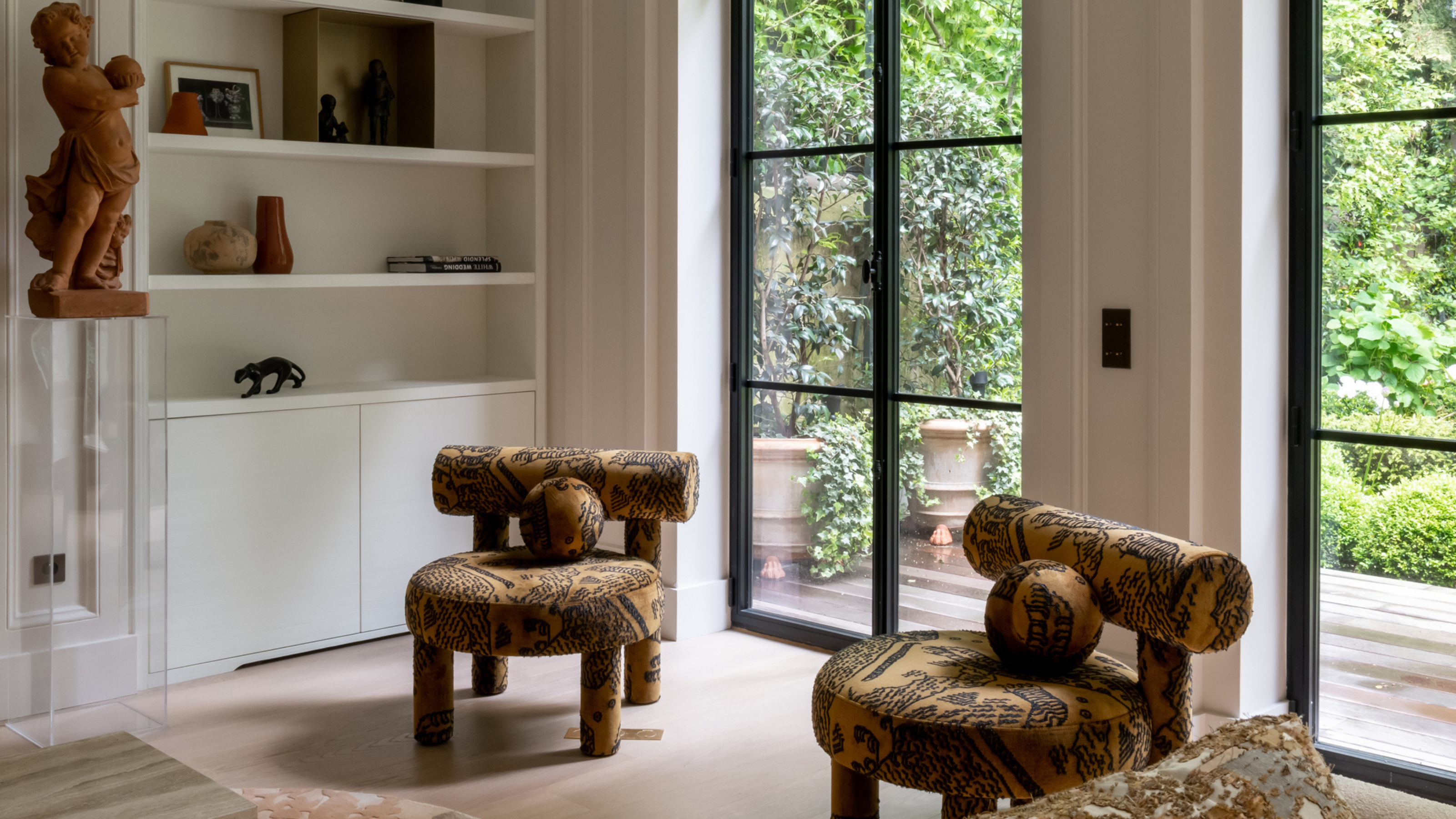 I Spy With My Design Eye: This Specific Fabric Print Is Literally Everywhere Right Now — We've IDed It for You
I Spy With My Design Eye: This Specific Fabric Print Is Literally Everywhere Right Now — We've IDed It for YouIt's whimsical, artistic, and full of character. We've called it already: Dedar's 'Tiger Mountain' is the fabric that will define 2025
By Devin Toolen
-
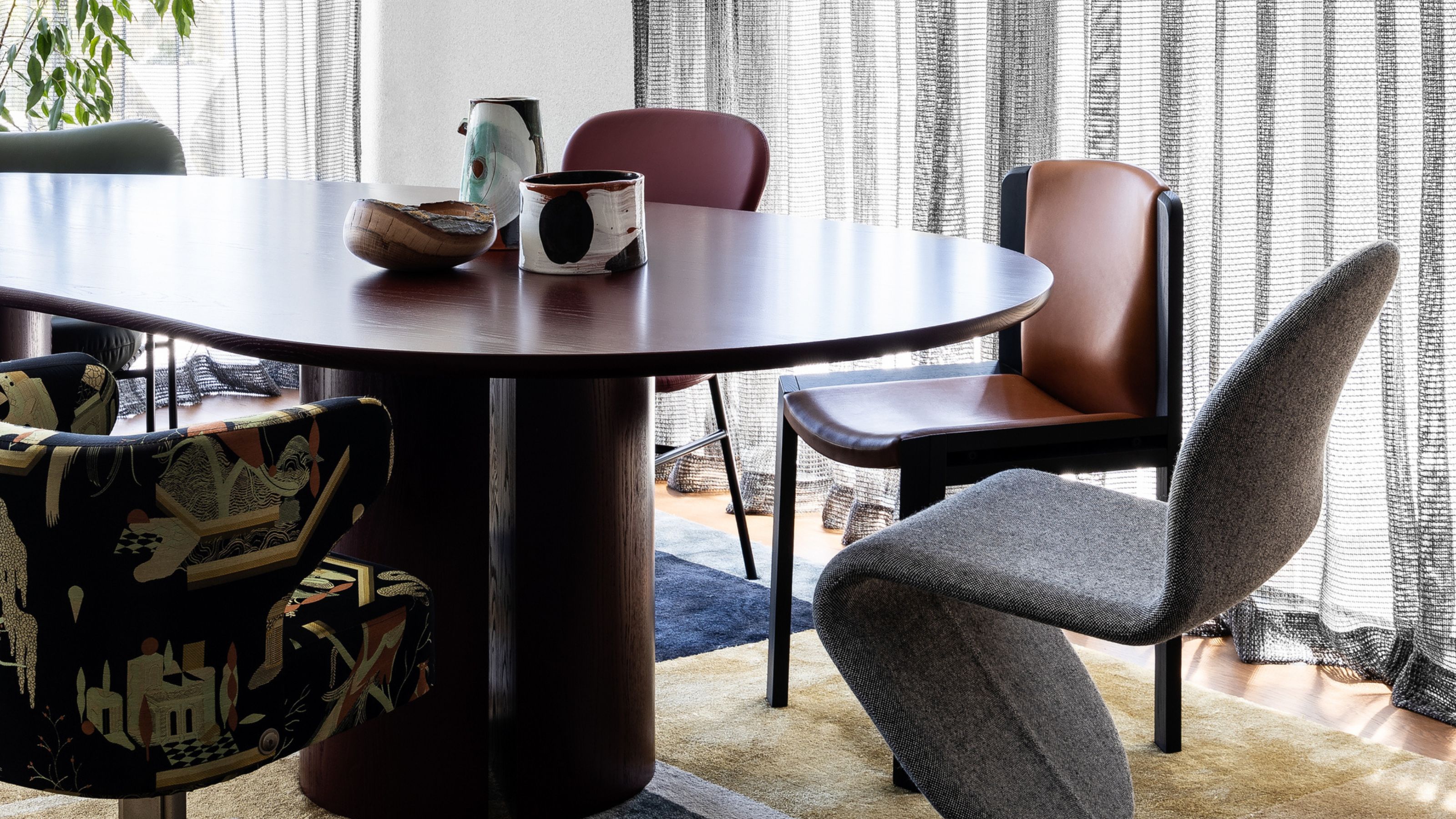 Having Mismatched Dining Chairs Is the New Telltale Sign of Serious Style — Here's How to Make It Look Intentional
Having Mismatched Dining Chairs Is the New Telltale Sign of Serious Style — Here's How to Make It Look IntentionalOnce considered a sign of a lack of care, a dining room table with different chairs now screams ultimate curation... if you can do it right, that is
By Olivia Wolfe
-
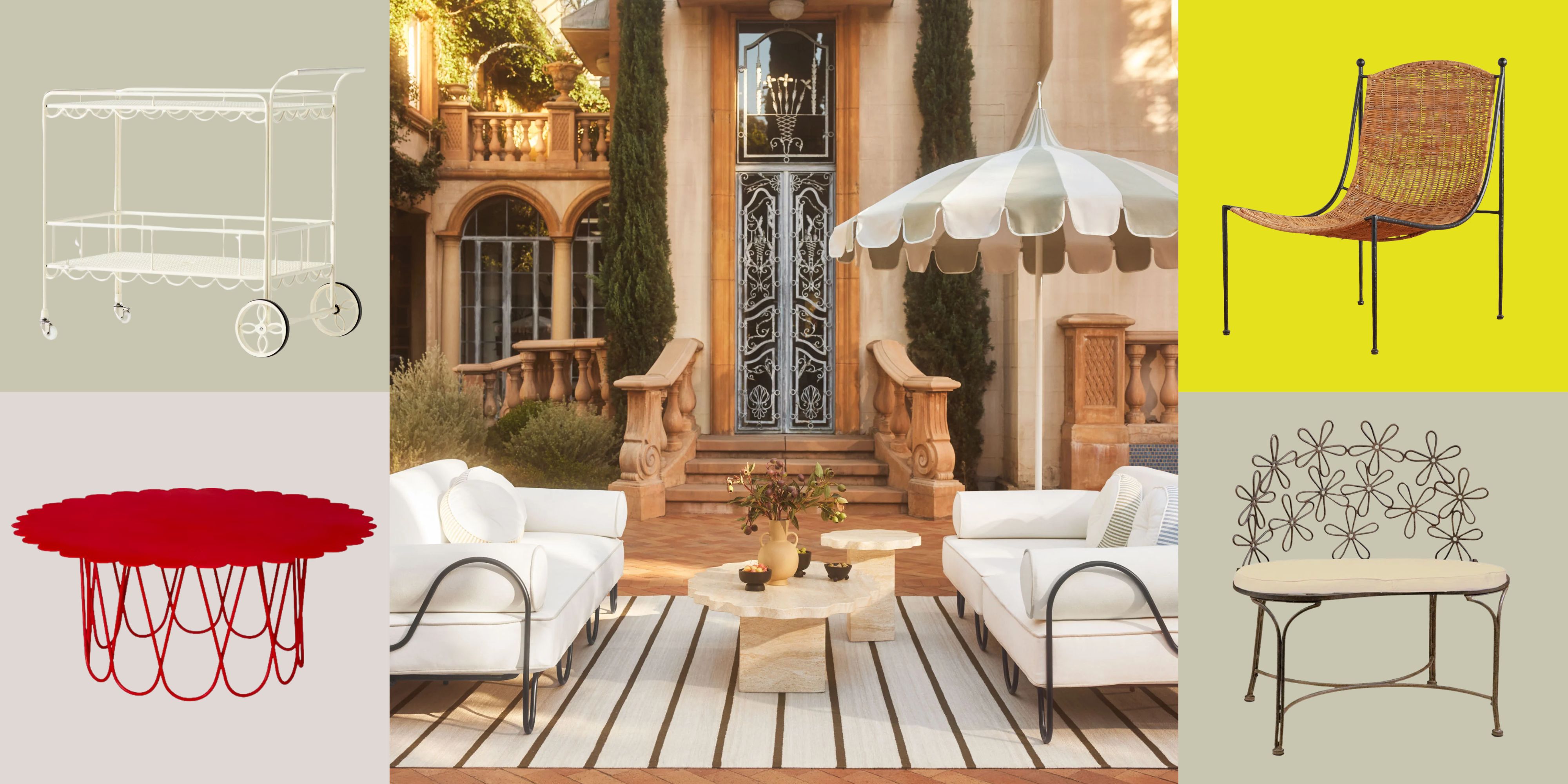 There’s a New Shape in the Garden — Why Whimsical Curves Might Be the Outdoor Furniture Silhouette of the Summer
There’s a New Shape in the Garden — Why Whimsical Curves Might Be the Outdoor Furniture Silhouette of the SummerPowder-coated petals, wavy lines, and a hint of surrealism — this microtrend is blooming, and we’re paying attention
By Julia Demer
-
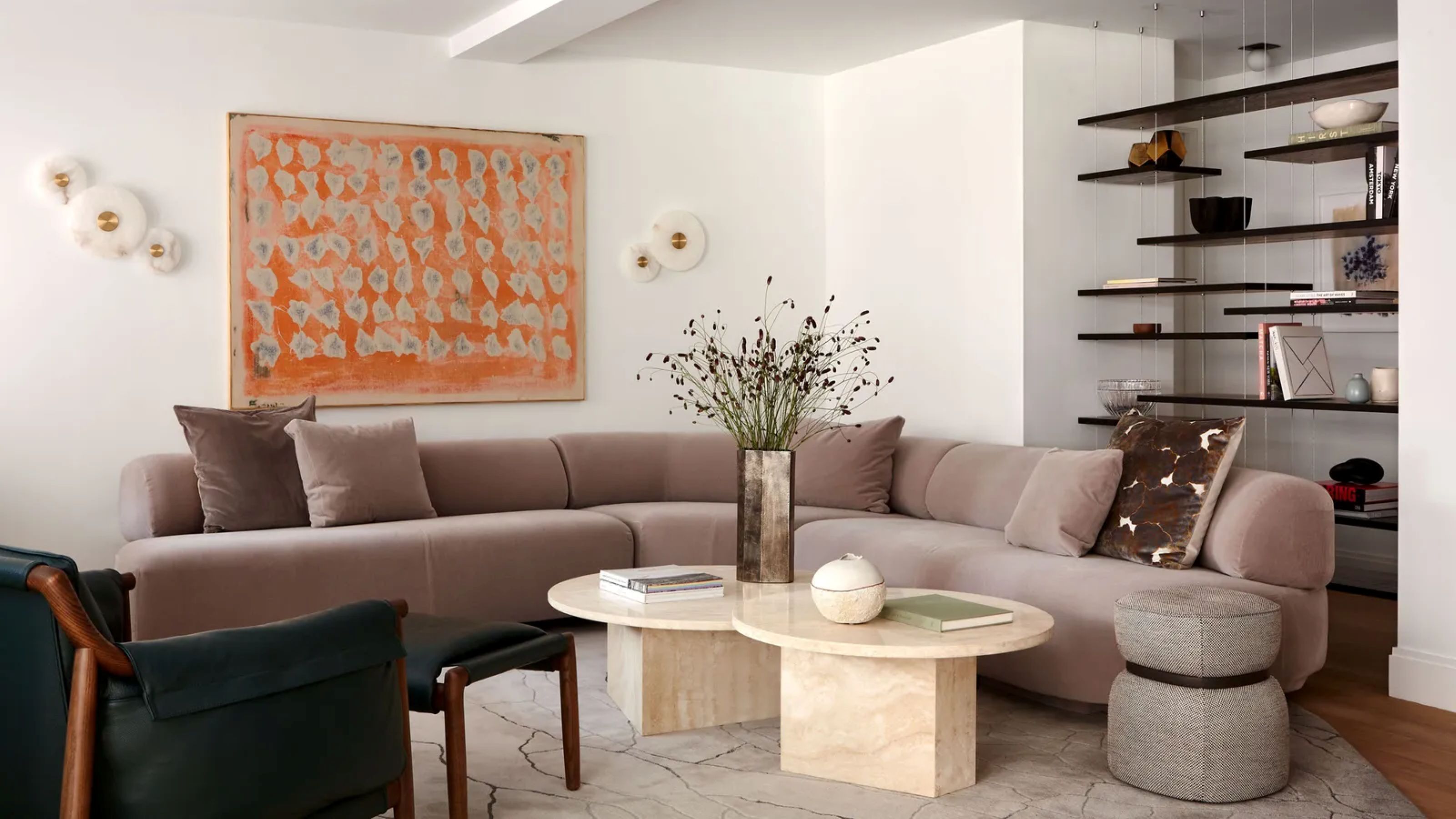 I Asked Interior Designers to Share the Worst Decorating Trends They've Seen on Social Media
I Asked Interior Designers to Share the Worst Decorating Trends They've Seen on Social MediaJust because something is trending, doesn't mean it's tasteful — from dupe-culture to OTT lighting, here's what designers hate seeing in homes
By Devin Toolen
-
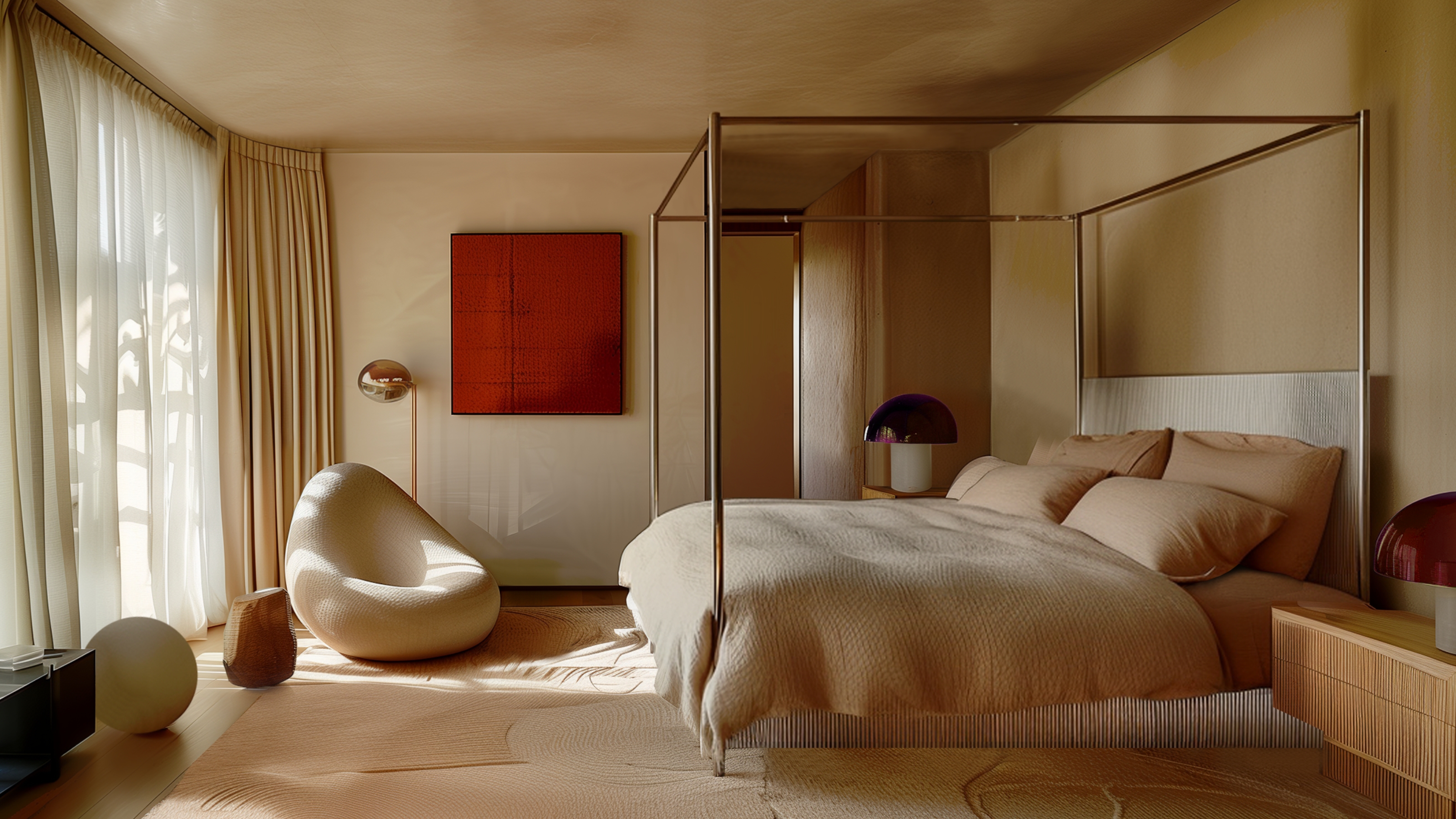 I'm Calling It — Chrome Decor Is the Most Influential Design Trend of 2025 for Rooms That Feel Effortlessly Cool
I'm Calling It — Chrome Decor Is the Most Influential Design Trend of 2025 for Rooms That Feel Effortlessly CoolHave you been eyeing a chrome candle holder or side table to complete your room's look? This is your sign to embrace the shiny, chic material
By Olivia Wolfe
-
 Straight from Salone: 5 Emerging Trends I Found in Milan That'll Shape Interiors for the Year Ahead
Straight from Salone: 5 Emerging Trends I Found in Milan That'll Shape Interiors for the Year AheadFrom reflective silver to fluidity, here's my perspective on the key themes and new moods coming through from Milan Design Week
By Sarah Spiteri
-
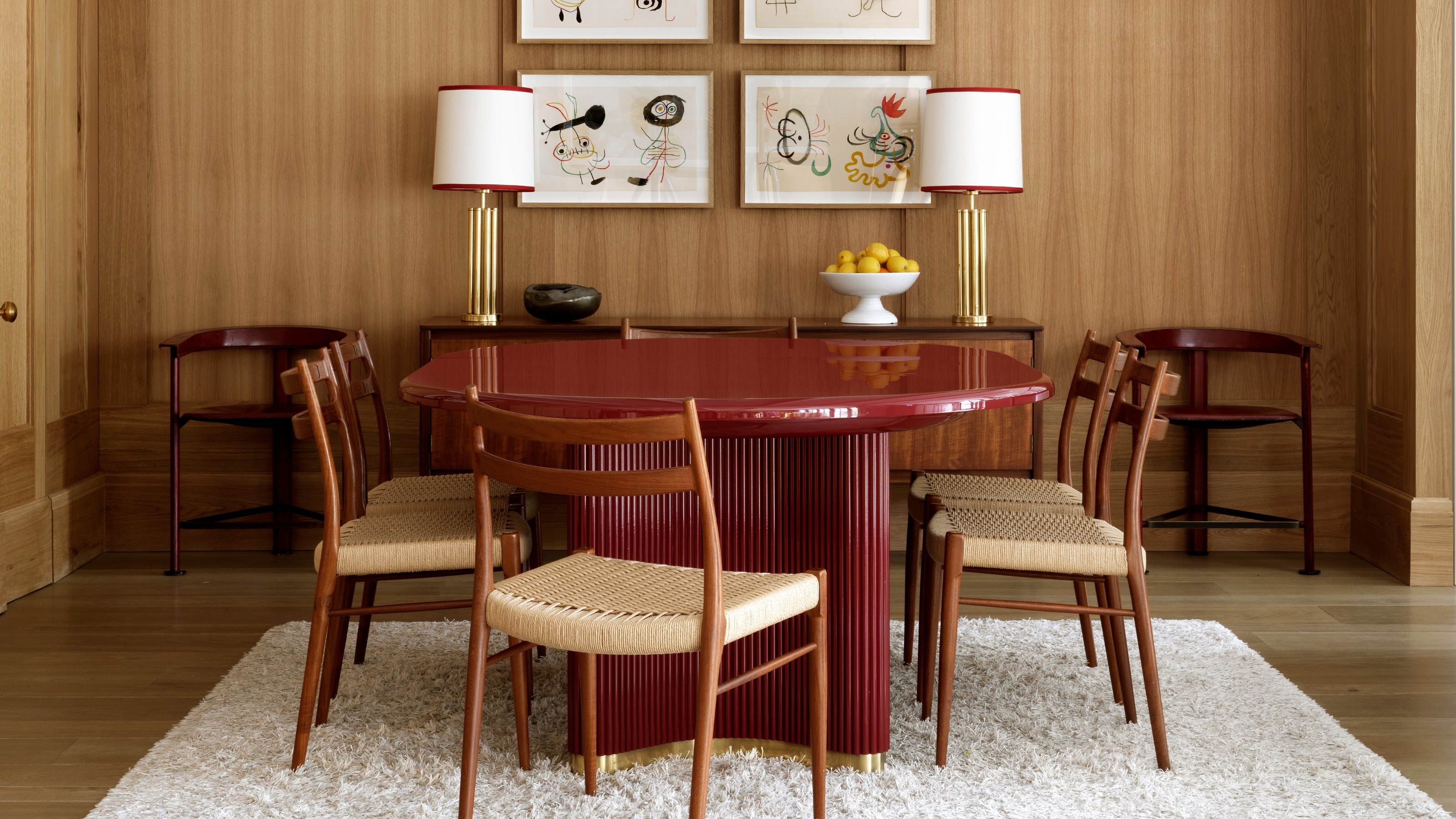 The 'Red Table Trick' Is the Easiest and Most Expensive-Looking Trend to Hit 2025 So Far
The 'Red Table Trick' Is the Easiest and Most Expensive-Looking Trend to Hit 2025 So FarA red dining table makes a seriously stylish statement; the beloved pop of red trend just got an bold and expensive-looking upgrade
By Olivia Wolfe
-
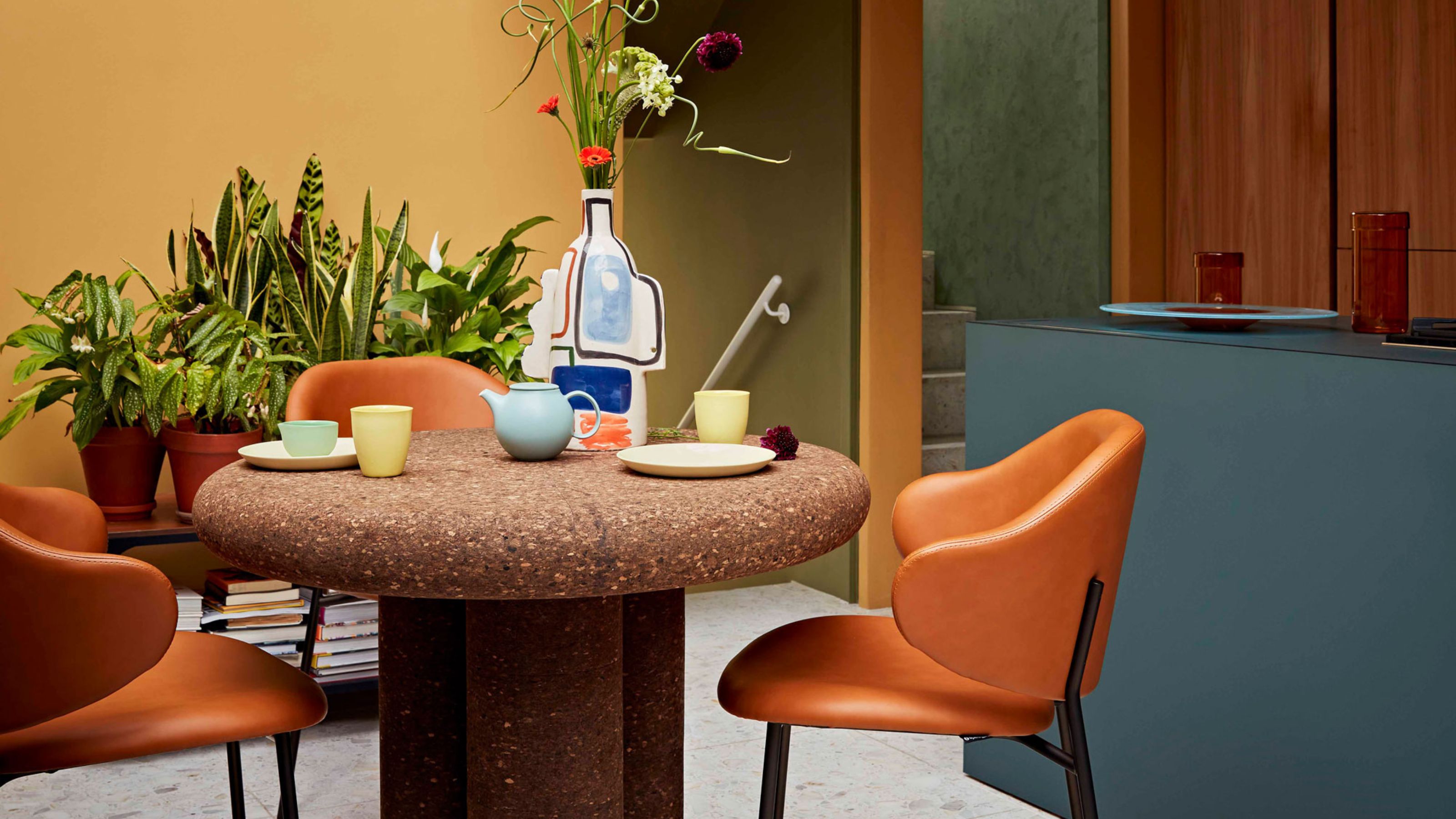 Cork Is the Cool, Sustainable, and Surprisingly Chic Material We Can't Stop Furnishing With Right Now
Cork Is the Cool, Sustainable, and Surprisingly Chic Material We Can't Stop Furnishing With Right NowIn honor of Earth Month, we’re toasting to cork... furniture, that is
By Julia Demer
